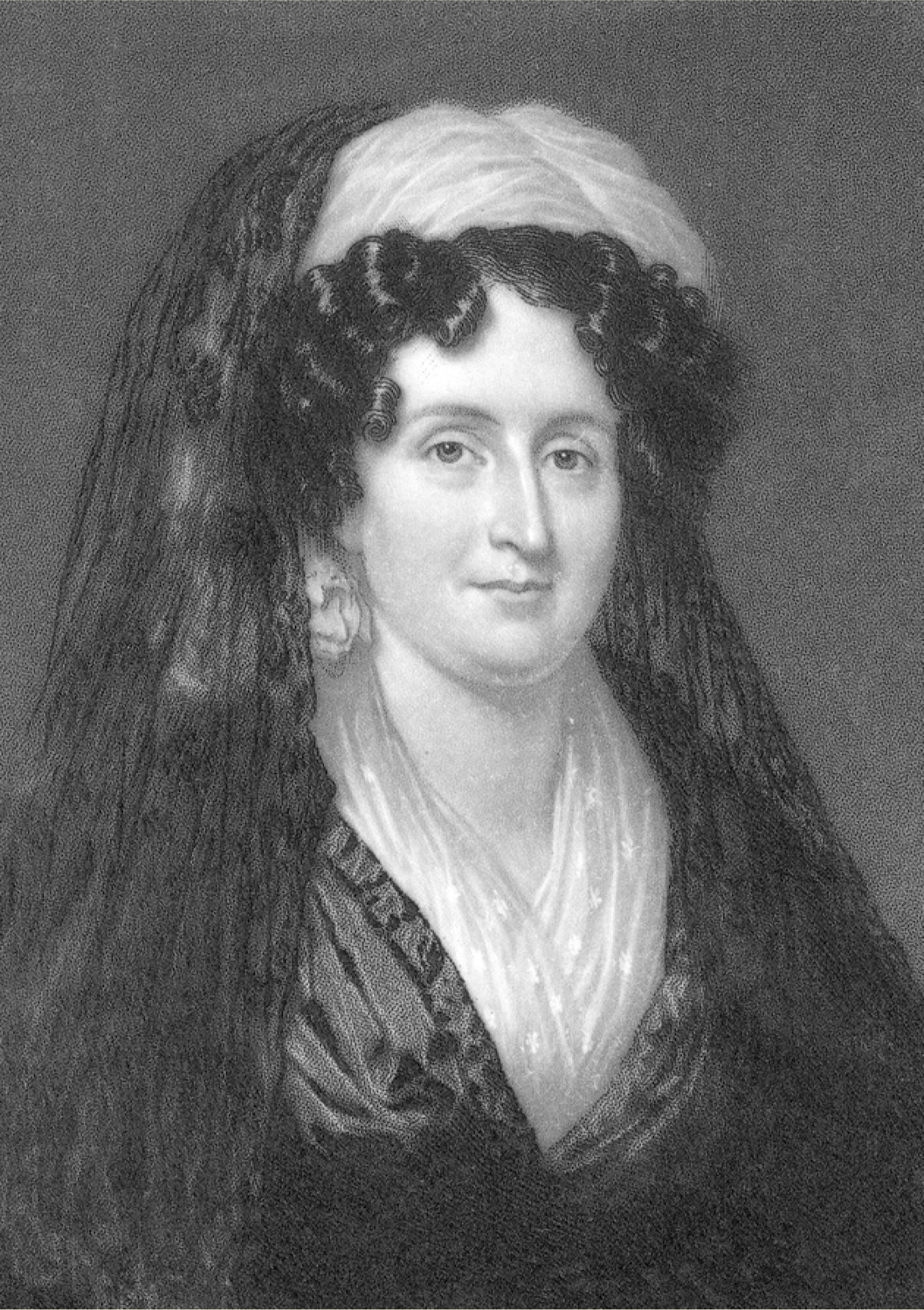The American Promise:
Printed Page 272
Chapter Chronology
SEEKING THE AMERICAN PROMISE
One Woman’s Quest to Provide Higher Education for Women
Talented young men seeking the mental enrichment and career boost of higher education saw their opportunities expand rapidly in the early Republic. By 1830, six dozen colleges offered them training in science, history, religion, literature, and philosophy. Not a single one admitted females.
With the spread of district schools and female academies, however, the number of girls trained for advanced study was on the rise. The winning rationale for female education—that mothers molded the character of rising generations—worked well to justify basic schooling. But a highly intellectual woman, negatively termed a “bluestocking,” was thought to put her very femininity at risk. Some critics sounded a more practical note: “When girls become scholars, who is to make the puddings and pies?”

Portrait of Emma Willard Emma Willard, founder of the famed and rigorous Troy Female Seminary, was an exemplary role model to her students. Elizabeth Cady, a student in the 1830s and later an important figure in the woman’s rights movement, recalled that Willard had a “profound self respect (a rare quality in a woman) which gave her a dignity truly regal.” Her confidence shines through in this portrait. The Granger Collection, New York.
The academic aspirations of Emma Hart—born in Connecticut in 1787 as the sixteenth in a farm family of seventeen children—were encouraged by her father, who read Shakespeare at night to his large brood. After attending the local district school and an academy for girls, Emma taught at the district school before moving to Vermont to head the Middlebury Female Academy, founded in 1800. There, she taught sixty adolescents in an underheated building.
Emma ran the academy for two years until she married a Middlebury physician and banker named John Willard in 1809. Marriage for white women usually ended outside employment, so Emma’s life now focused on child care and domestic duties. Yet she found time to read books in her husband’s well-stocked library, including political philosophy, medical treatises, physiology texts, and Euclid’s geometry.
Four years into their marriage, John Willard suffered severe financial losses, leading Emma Willard to open an advanced girls’ school in her home. She patterned her courses on those at nearby Middlebury College for men, and her rigorous curriculum soon drew students from all over the Northeast. One satisfied father with political connections persuaded the Willards to relocate to his home state of New York with the promise to help them secure state funding for a school.
Emma drew up a formal proposal in 1819, arguing that advanced female education would both enhance motherhood and supply excellent teachers needed for a projected state-supported school system. Though her proposal was endorsed by Governor DeWitt Clinton, John Adams, and Thomas Jefferson, the New York assembly failed to fund Willard’s school. Local citizens in Troy supplied Willard with a building, however, and in 1821 the Troy Female Seminary opened with students coming from many states. Coursework included “masculine” subjects such as Latin, Greek, mathematics, and science in addition to modern languages and literature. Willard taught geometry and trigonometry herself and hired other teachers for classes in astronomy, botany, geology, chemistry, and zoology. She soon forged a cooperative alliance with the neighboring Rensselaer Polytechnic Institute. Just like Harvard and Princeton, her seminary required a course in moral philosophy, taught by Willard herself to the senior class using the same texts employed at the male colleges.
Willard invited the public to weeklong examinations, where students solved algebra problems and geometry proofs on chalkboards and gave twenty-minute discourses on history and philosophy. Educated men were particularly encouraged to question the students, to put to rest any “lurking suspicion, that the learning which a female possesses must be superficial.” One minister was astonished, and pleased, to see “Euclid discussed by female lips.” By emphasizing geometry, Willard vindicated her claim that women could equal men in logic. But she took pains to make sure her students preserved “feminine delicacy” and avoided “the least indelicacy of language or behavior, such as too much exposure of the person.”
More than the rigorous curriculum inspired these young women. Willard was an exemplary role model, beloved by many of her students for her dedication and confidence. One student recalled that her “great distinction seemed to me to be a supreme confidence in herself and, as a consequence, a stubborn faith in the capacity of her own sex.” Willard graciously gave much of the credit to her unusually supportive husband: “He entered into the full spirit of my views, with a disinterested zeal for the sex whom, as he had come to believe, his own had unjustly neglected.”
The Troy Female Seminary flourished; it still exists today as the Emma Willard School. From 1821 to 1871, more than 12,000 girls attended; it was larger than most men’s colleges. Ministers’ daughters received a discount on tuition, and many girls were allowed to defer payment until they were wage-earning teachers. Nearly 5,000 graduates in the first fifty years became teachers, and some 150 directed their own schools scattered across the nation. When the marquis de Lafayette, aging hero of the American Revolution, visited Willard’s school in 1824, he pronounced it a “Female University.” Willard took pleasure in his recognition of her success.
Questions for Consideration
- How did Emma Willard’s own life demonstrate the importance of female education for a family’s financial security?
- Compare the occupation of Emma Willard with that of Dolley Madison. In what ways were these women similar? How did they differ?
What difference might it make for large numbers of females to attain literacy over the course of the first decades of the early Republic?
